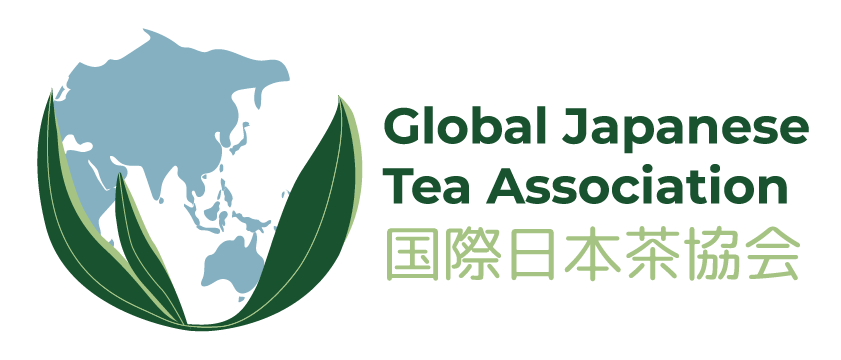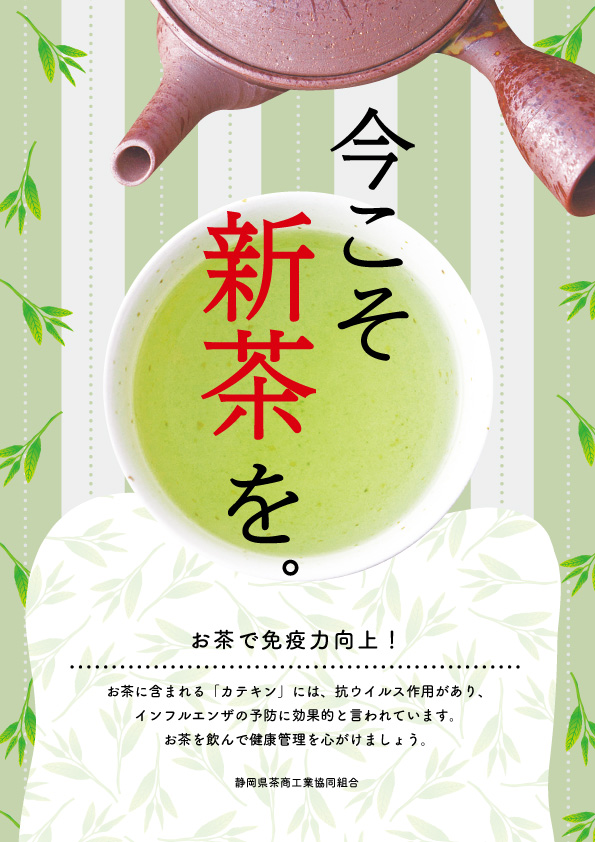May is usually a really busy time for Japanese tea. While some prefectures were in the full swing of harvesting first flush tea (一番茶), Kagoshima prefecture had already started harvesting second flush (二番茶) in the middle of May; and the tea reached Shizuoka tea auction on 21st May. However, except for high grade and shaded teas, Shizuoka expects low demand for second flush tea. And it seems the sales of the Kagoshima’s new tea were down by 20% compared to the previous year. A lot of stores and restaurants were closed through most of May because of the national emergency, so that reduced the chance to promote the fresh tea further.
On top of the declining demand for tea, the spread of COVID-19 created additional challenges for the tea farmers. To reduce the spread, since the end of April Japanese government had requested for self-imposed restriction of travel. This resulted in the tea farming labor shortage and some farmers were struggling to find help to harvest their tea. And additional precautions had to be taken, especially for tea harvested by hand. In Kyoto tea workers were instructed to wear gloves and masks, and work 2 meters apart.
The pandemic also has been having a negative impact on the tea events. From the old days ‘eighty eight nights from the old calendar’ (八十八夜), that usually falls on the 1st or 2nd of May, was thought to be the best day for tea harvesting. Normally tea picking or tasting events would be organized on this day. This year most were cancelled. As an alternative several tea organizations and producers were holding online tea gatherings. Kyoto Prefectural Tea Chamber also organized a ‘Stay at Home’ campaign with tea produced on Hachiju Hachiya. 88 people, selected at random from all the applicants, were given 50g of Hachiju Hachiya tea and a kyusu. They were then asked to submit a picture of them enjoying the tea at home and were standing a chance to receive a year’s worth of this tea (50g x 12). The results of the photo contest will be announced in June.
To address the decline in tea consumption and especially the negative impact of the spread of the COVID-19, at the beginning of May Shizuoka tea commerce and industry cooperative started a campaign to promote tea consumption. They released a poster with the phrase ‘Now is the time for tea’ (今こそお茶を) to emphasize the health benefits of green tea catechins, such as antiviral effects and prevention of influenza. 20,000 copies were distributed to tea wholesalers and public facilities in Shizuoka. Additionally many public tea organizations in Shizuoka, Sayama and Fukuoka gave new tea (新茶) gifts/donations to hospitals and healthcare workers.
*The article is based on the Japanese media articles:
New tea to support medical staff, Mainichi Shimbun 2020.05.01
Posters to promote tea drinking, Shizuoka Shimbun 2020.05.02
Lack of picking hands due to new corona virus, Shizuoka Shimbun 2020.05.02
Yame new tea for caregivers, Mainichi Shimbun 2020.05.03
Uji begins tea icing with gloves to prevent corona virus, Kyoto Shimbun 2020.05.04
Uji tea campaign ‘Stay at Home’, Kyoto Shimbun 2020.05.08
Demand drastically decreased to restaurant closure, Mainichi Shimbun 2020.05.10
Alternative campaign of Kyoto prefecture tea chamber, Mainichi Shimbun 2020.05.11
Donation of tea to hospitals nationwide, Shizuoka Shimbun 2020.05.12
Second flush tea from Tanegashima arrives for the first time, Chunichi Shimbun 2020.05.22
Roses and new tea for Sayama health center, Tokyo Shimbun 2020.05.25
Kagoshima new tea sales decrease by 20%, Chunichi Shimbun, 2020.05.26
Producing the plan for second flush tea, Chunichi Shimbun, 2020.05.27

